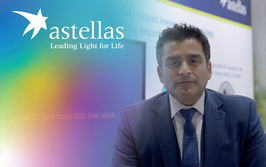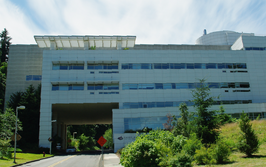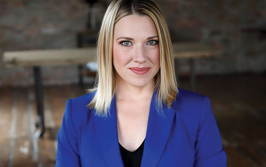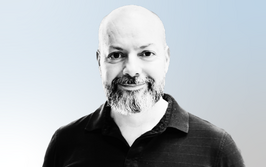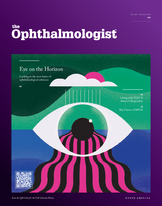A. John Kanellopoulos
The Power List 2018
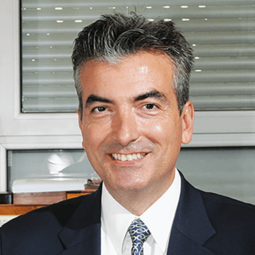
A. John Kanellopoulos
Clinical Professor, Laservision Eye Institute, Athens, Greece and NYU School of Medicine, New York, NY, USA
Over the last 20 years, John has applied and described innovative laser approaches in the management of cataract and, in particular, irregular corneas such as keratoconus. His work with CXL has provided many of the technique’s evolutions: higher fluence, combinations with topo-guided PRK (“The Athens Protocol”) and LASIK, and as a sole refractive procedure. John has also contributed dozens of reports on more sensitive diagnostics for keratoconus and ectasia, and in the last few years, he has described “topography-modified refraction” as a potentially more accurate target for topography-guided laser vision correction.
What have been your career highlights?
“I have been fortunate to have practiced in both the US and Europe, I have been fortunate to have trained with amazing mentors and have collaborated with excellent peers through the years. I consider the most fortunate aspect of my personal professional career the ability through a busy clinical practice to research and investigate innovative solutions for everyday issues: I was able to break the 2 mm barrier in cataract surgery back in 1999, at a time when phaco used higher power and necessitated fluidic cooling. The laser technology we used then did not become prevalent – although still in development as the nanosecond laser – it was able to “push” lower energy phaco that is a clinical reality with all platforms today. This means less energy, less endothelial cell loss, fewer transplants following cataract surgery!
Having moved the greater part of my practice in Europe, I was exposed to many advancements in anterior segment surgery earlier; topography-guided treatments and CXL were the most important for me. I recognized, practiced, investigated and introduced several techniques in both – and even combined them. As the second team (after Theo Seiler) in Europe involved with CXL, we quickly recognized the limitations of the Dresden 30-minute protocol and introduced intrastromal CXL, higher fluence, combined with LASIK, combined CXL and topography-guided normalization (the Athens Protocol) and refractive CXL treatments using variable fluence pattern CXL. All this investigative work has allowed me to publish over 100 peer-reviewed papers, present over 1000 original papers at the major eye meetings (AAO, ESCRS, ASCRS, and ARVO), in a process that has introduced me personally to all the opinion leaders in the ophthalmic community, a tremendous learning experience!”
What are your goals for the future?
“Remain committed to clinical excellence and continued research. I hope I can maintain a healthy practice that has helped me sponsor on my own most of our research over the last 20 years, making it sensible and with very little bias.”
What has been your most successful collaboration?
“This is a difficult question for me because I think the list of people and collaborations that have significantly influenced my career is very long. Working hand-in-hand with the WaveLight research team, now part of Alcon, since 2001 has helped me become a better surgeon, clinician, and researcher. It has allowed me to meet passionate and skilled peers, which has been a great motivator and inspiration for most of the work I have done the last 15 years. Some of our research work has been sponsored by Alcon allowing us to chase our investigative dream, with great results, fortunately.”
What are your plans for the next 10 years?
“I hope I remain healthy and productive to allow myself to pursue my passion: providing the best care for my patients. I hope I can maintain my standards for many years: only perform surgery that is needed and when it is needed and even to some that cannot afford it. To also continue learning from all my talented peers I meet every year in the major meetings!”
What drives you day-to-day?
“I find my work extremely stimulating: making timely diagnoses, making the surgical decisions work effectively and enjoying the happiness with which it enriches my patients’ lives is an every-day party for me!”
Who have been your mentors?
“Hank Perry, Eric Donnenfeld, Claes Dohlman, Peter Netland, Tom Hutchinson, David Walton and countless peers, technicians, nurses and associate staff: they have gifted me generously with the wealth of their expertise, but more importantly they have been role models for me both professionally but also personally as well, I cannot thank them enough for making such a difference in my professional life.”
In Conversation With A. John Kanellopoulos
In Conversation With A. John Kanellopoulos
